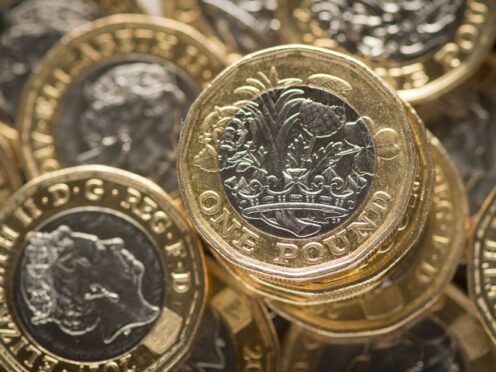The Government is being urged to consider reducing the age of eligibility for the national minimum wage and cutting the gap between adult and youth rates.
Recommendations from the Low Pay Commission come ahead of increases in the hourly rates from April 1.
The commission said the rate is set to reach a long-standing target of two-thirds of median hourly earnings for workers aged over 21.
It has become one of the highest minimum wages in the world, the commission, which recommends rates to the Government, said.
Commissioners’ recommendations include considering the case for reducing the age of eligibility, reducing the gap between adult and youth rates and reforming the treatment of apprentices.
Baroness Philippa Stroud, who chairs the Low Pay Commission, said: “Achieving the two-thirds target is a significant milestone.
The target has boosted the incomes of low-paid workers in especially turbulent times, and whilst it has posed real challenges for employers in already difficult circumstances, the evidence suggests the increases to date have been implemented steadily and carefully so as not to damage employment opportunities.
“Our report reflects on the scale of this change and considers the way forward. There are various possible models for setting the minimum wage.
“In choosing the national minimum wage’s future direction, we stress the importance of clarity over the aims of the policy and preserving the consensus-based social partnership model which ensures both worker and employer voices are heard.
“There are real opportunities in the next phase of minimum wage policy to make advances for workers young and old.
“Whatever decisions are made will always need to be backed by careful attention to the economic context and a keen sense of the risks faced by employers.”
The rate for those aged over 21 increases by almost 10% from April to £11.44 an hour, by almost 15% for 18-20 year olds to £8.60 and by 21% for 16 and 17-year-olds and apprentices to £6.40.
TUC general secretary Paul Nowak said: “We’re deeply disappointed that the Government wants to tie the hands of the Low Pay Commission (LPC).
“Millions of low-paid workers live wage packet to wage packet – and are currently being hammered by the cost-of-living crisis.
“Keeping the minimum wage at two-thirds of median earnings will deliver a paltry increase of just 15 pence next year – based on the latest forecasts.
“Ministers should be instructing the LPC to aim for 75% of median pay.
“This would help deliver a £15-an-hour minimum wage and make work pay for millions.”
The introduction of the minimum wage in 1999 is the single-most successful economic policy in a generation, raising the pay of the nation’s lowest-paid workers by £6,000 a year compared to their earnings simply rising in line with typical wages, according to new research by the Resolution Foundation think tank.
Nye Cominetti, principal economist at the foundation, said: “The policy was introduced in the face of fierce opposition, but now experiences strong cross-party support.
“With its current remit ending this year, now is the time to discuss the future of the minimum wage and low pay more widely ahead of the election.
“Politicians should reflect on why the minimum wage has been so successful – such as the combination of long-term political direction and independent, expert-led oversight – and whether this approach could be broadened to tackle some of the UK’s other low-pay challenges.”
